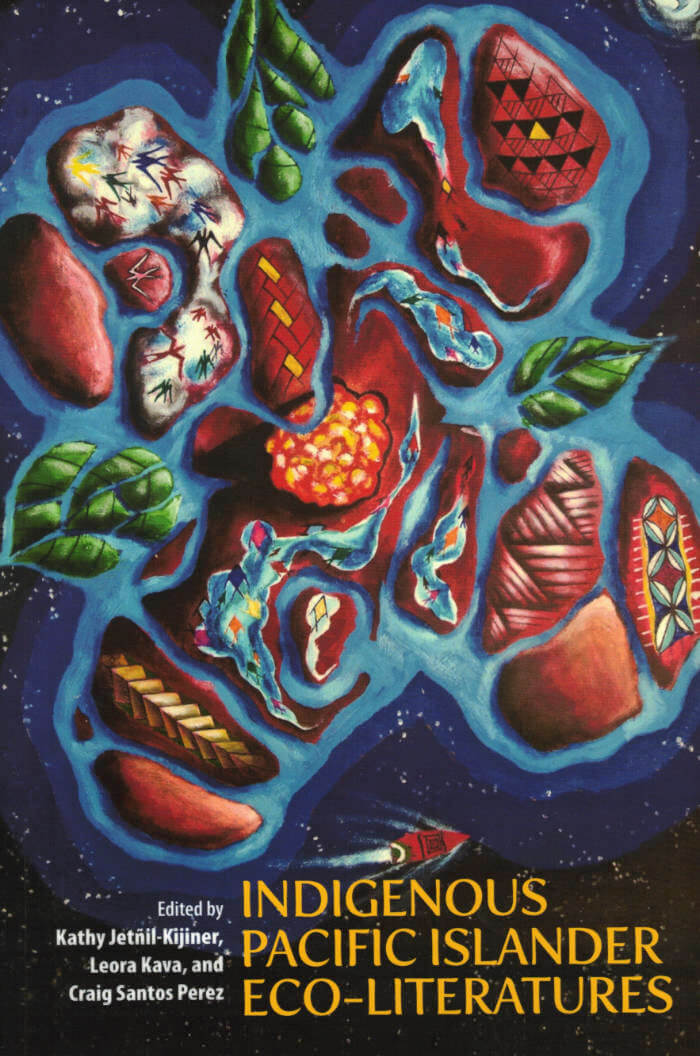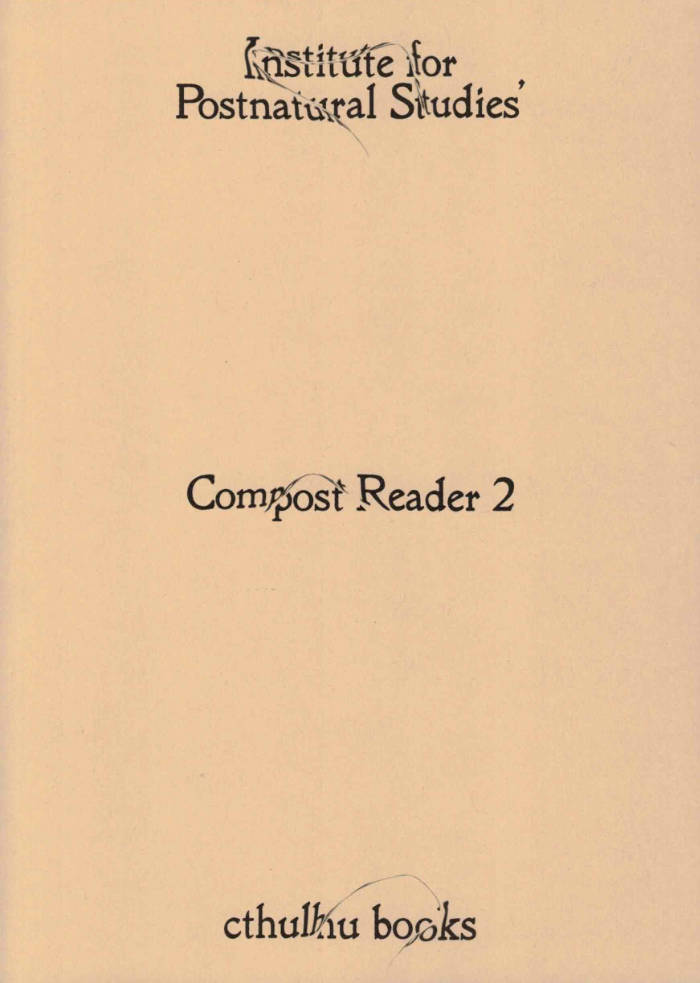
Plant Magic - Poison∼Remedy
Elisa Pieper ed. , Astarte Posch ed.
Plant Magic gathers writers, artists, poets, illustrators, plant-and-mushroom-lovers and ecological thinkers, to share their experiences, knowledges, and stories around plant and mushroom magic. Oscillating between poison and remedy, plants and mushrooms reconcile ambivalences. They are powerful agents that are unpredictable in their existence and effects. They hold potential for resistance, intelligence and knowledge beyond human understanding.
When we look at plants and mushrooms we see hope amongst ecological grief. Every day we witness this magic of growing organisms, transformation and resilience. We are looking to them for guidance while still learning to listen to their silent, sensual ways. Often, the act of listening itself can calm our buzzing minds and raging hearts and make meaning blossom in a wordless way. In this publication, you might encounter stories of creating relationships with plants and mushrooms, fungal intimacy, poetic love letters to plants, herbal spells, stories of becoming postcolonial mushrooms, tips for combating the disturbing presence of scorpions, an essay introducing you to psychedelic becoming and many visual contributions of more-than-human relations.
[Publishers' note]
Contributors: Aimilia Efthimiou, Anais-karenin, Anı Ekin Özdemir, Avant Garden, Bastian Carstensen, Carla Di Girolamo, Coline-Lou Ramonet Bonis, Corinne Wiss, Cory Papalardo, Ella Ponizovsky Bergelson, Freia Kuper, Freya Häberlein, Indra Leonard Frings, Ko-Fan Lin, Leonie Brandner, Lucie Feigl, Lucila Pacheco Dehne, Marta Orlando, Maya Land, Monaline Mourbat, Nicola van Straaten, Nina Berfelde, Rafa Cunha, Rahel Preisser, Sara Blosseville, Shani Leseman, Yasmine Ostendorf, Sigourney Pilz, Totholz 5d, Xrysafeniax





